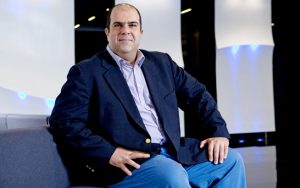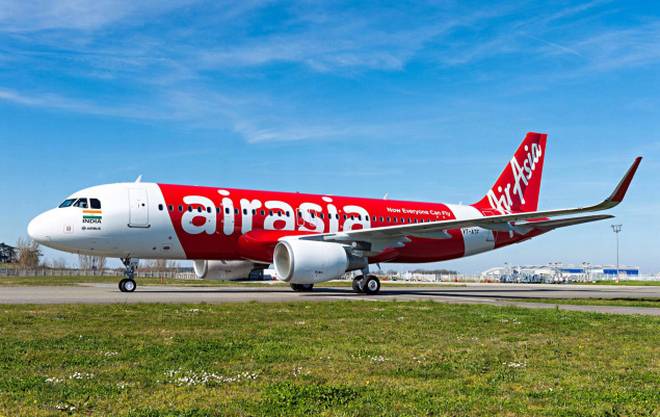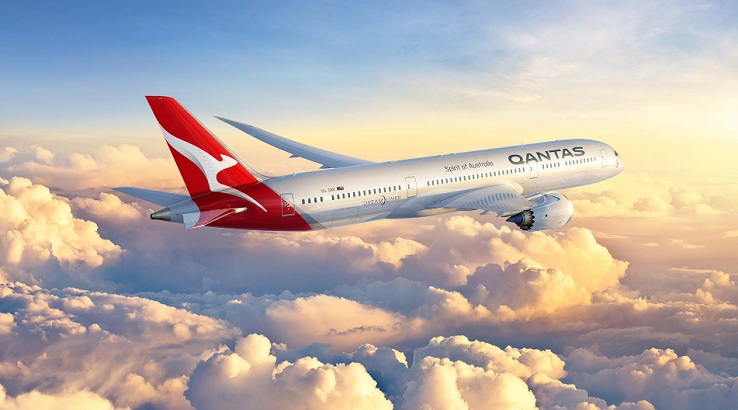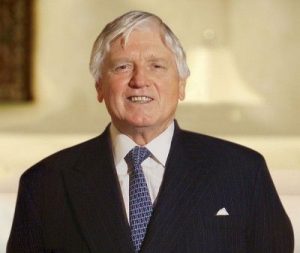Collett E. Woolman : The Co-founder & First CEO of Delta Air Lines
Collett Everman Woolman was one of the principal founder and first Chief Executive Officer of the infamous Delta Air Lines. Woolman with his vision took a great leap in the airline business. From an employee of the Delta Air Lines to the CEO of the same, Woolman worked rigorously to lead the airlines, to be one of the best in the world. His hard work and inspirational life even took his name to the Georgia Aviation Hall of Fame.
Early Life
Woolman was born on 8 October 1889, in Bloomington, Indiana, but spent most of his childhood in Urbana, Illinois. He completed his high secondary education from a local public school and entered the University of Illinois to pursue a Bachelor degree in agriculture. After his marriage with Helen H. Fairfield, in 1916, the couple moved to Monroe, in northeastern Louisiana.
Founding Delta Air Lines
After completing his education, Woolman joined Louisiana State University as an Agricultural Extension Agent. At the time, the Southern United States were facing a big issue with their agriculture works, i.e., the boll weevil, a cotton-destroying pest. A United States Department of Agriculture entomologist, Dr B. R. Coad, was trying new methods to solve this problem, and Woolmen also joined him in his mission. The ultimate solution, that they used against the boll weevil was to sprinkle calcium arsenate over the crops. As it was difficult to sprinkle the dry-powder over big fields, the team started doing the same with the help of army-loaned aircraft. The aircraft would dust out the powder over the fields, and the issue was solved.
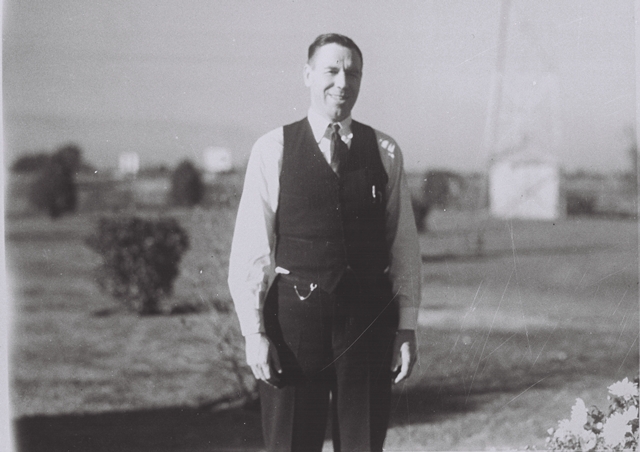
An aircraft manufacturer, Huff-Daland Aero Corporation, noticed the whole matter and formed a new division for crop dusting, naming it as Huff Daland Dusters, on 30 May 1924, and established the headquarter in Macon, Georgia. The Airborne crop dusting organisation was the first of its kind, in the world. Woolman was selected as the lead for the department and was appointed as the vice president and general manager of the same.
The company earned profits in the business, but as soon as the summer growing season ended, the need for the air dusting deceased, simultaneously. Woolman advised moving the service to other places, where the season was reversed and started operating in Mexico and Peru. With the help of Peruvian Airways Corporation, Woolman also started the passenger service in Peru. The agreement did not last long, but, Woolman gained the much-needed experience in the business.
In 1925, the company setup was moved to Monroe, Louisiana. At the same time, the Huff Daland Dusters was in financial trouble. The company was looking for a buyer for its bailout, and Woolman took the advantage of the opportunity, and on 13 September 1928, Woolman acquired the company, naming it Delta Air Service. The company started its passenger service on 17 June 1929 and received funding from its three new investors C. H. McHenry, Travis Oliver, and Malcolm S. Biedenharn. The first flight by the airlines was between Dallas, Texas and Jackson, Mississippi. In 1930, Woolman was named to the board of directors of the company.
At that time, there was a very less number of people who travelled through an aircraft. Hence, the company took a break from the passenger service and started functioning as an airmail service. Later, in March 1934, the passenger service was started again. In 1941, the headquarter of the company was relocated to Atlanta. After moving to Atlanta, Delta Air Service started adding new air routes and acquired a few other airlines. The propeller planes were replaced by the jets, and it started expanding towards the europian countries and across the Pacific. On 1 November 1965, Woolman was appointed as the chief executive officer of the company. Only after one year, on September 1966, at the age of 76, Woolman passed away, leaving a great legacy behind him.
Delta Air Lines After Woolman
In 1987, the company had a merger with the western airlines, and throughout the 90’s the airline saw rapid growth. In the late 90’s in competition with Southwest Airlines, the company launched a new sub-airline, named as Song. But soon, it started seeing failures due to the lower yields, higher fuel prices, and economic challenges. In the year 2005, the company got bankrupt.
During the bankruptcy, the company sold the old and unused aircraft, and the company shut the unprofitable routes and hubs. At the same time, Delta was trying to find out the loopholes in their functionality and was preparing itself for future with new strategies. In 2007, the company emerged as a polished and better version of its own, hence, operating to lead the company towards success.
On 14 April 2008, the company announced a merger with Northwest Airlines, forming the world’s largest airline. In 2010, the Northwest Airline accepted retirement, making the Delta Air Lines the wholly-owned company. Currently, the airline is functioning as the most prefered airlines across the world, due to its excellent customer service.

Yashica is a Software Engineer turned Content Writer, who loves to write on social causes and expertise in writing technical stuff. She loves to watch movies and explore new places. She believes that you need to live once before you die. So experimenting with her life and career choices, she is trying to live her life to the fullest.
